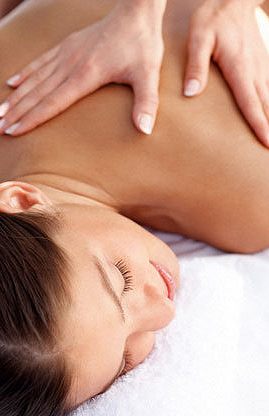FAQ
Will it work for my problem?
Bowen works well for many problems and conditions, as it is a holistic therapy. Whilst there are never any guarantees as every person is different, however the effectiveness rate is very high & is usually beneficial to try the treatment for a couple of sessions and see what benefits you feel, most people are very glad they did.
How much is a treatment?
It costs £50 for each session.
What hours do you work?
I work in Sale on a Tuesday, my last appointment on a Tuesday is usually about 5:15pm, although sometimes I can work a bit later.
I am in Goostrey most other week days and can be more flexible on times, and can work later.
What should I wear?
Bowen can be done over light clothing, leggings or light jogging bottoms and t shirt are ideal. Please avoid jeans if possible.
Also please bring a towel for your personal comfort.

